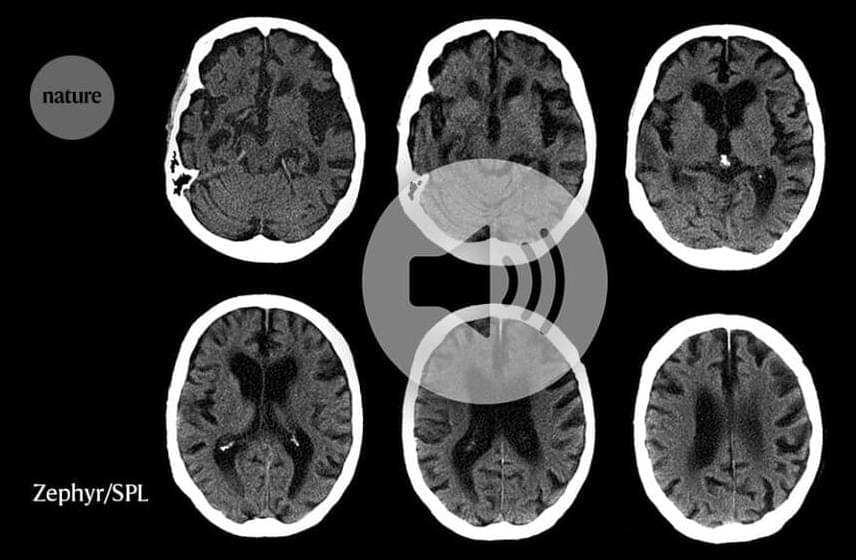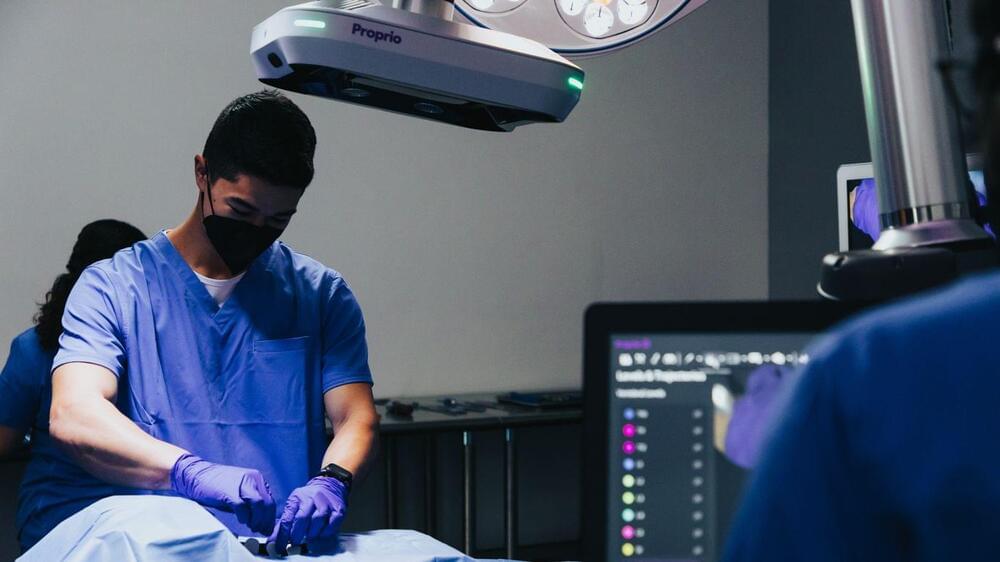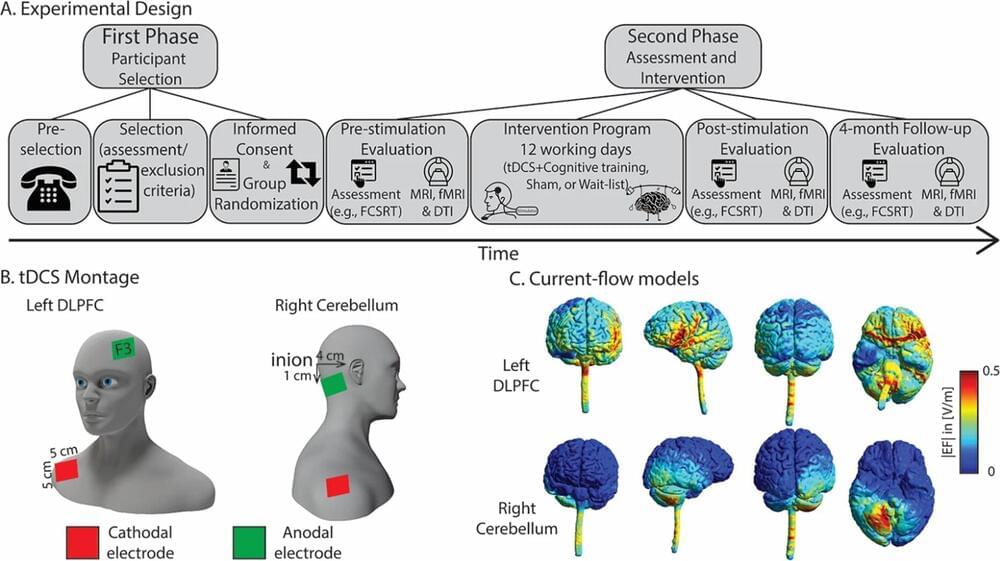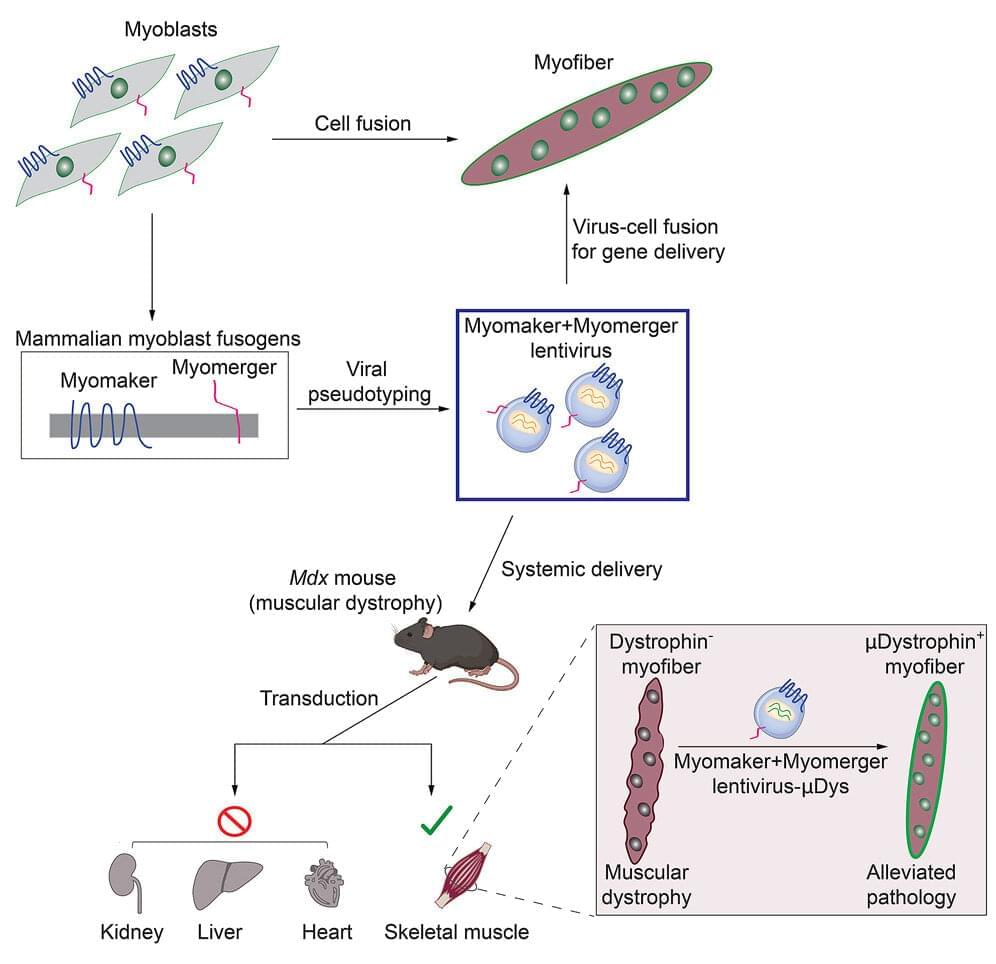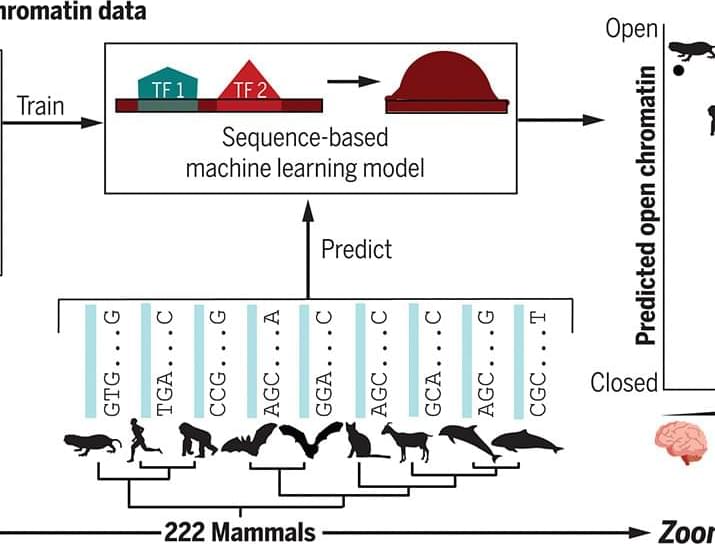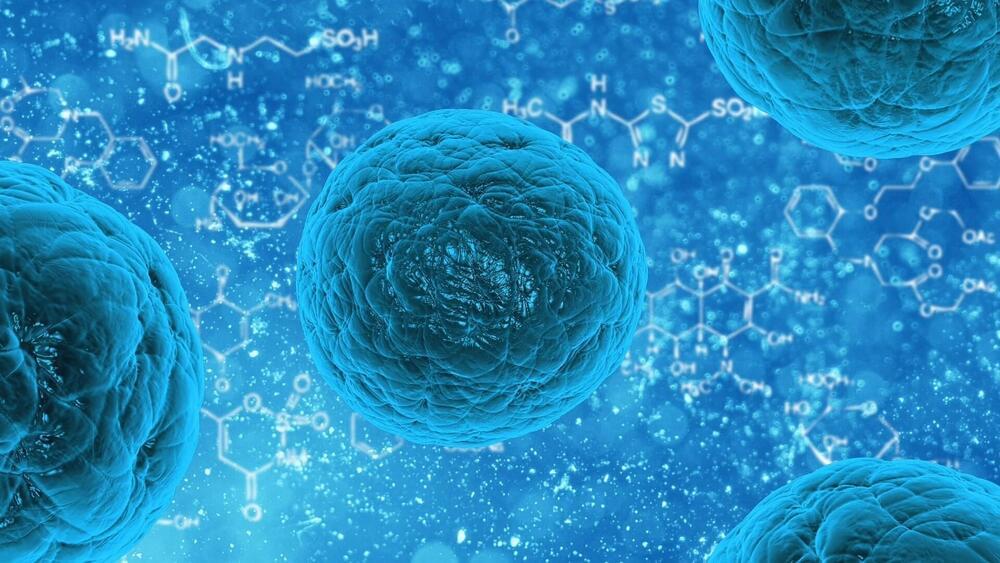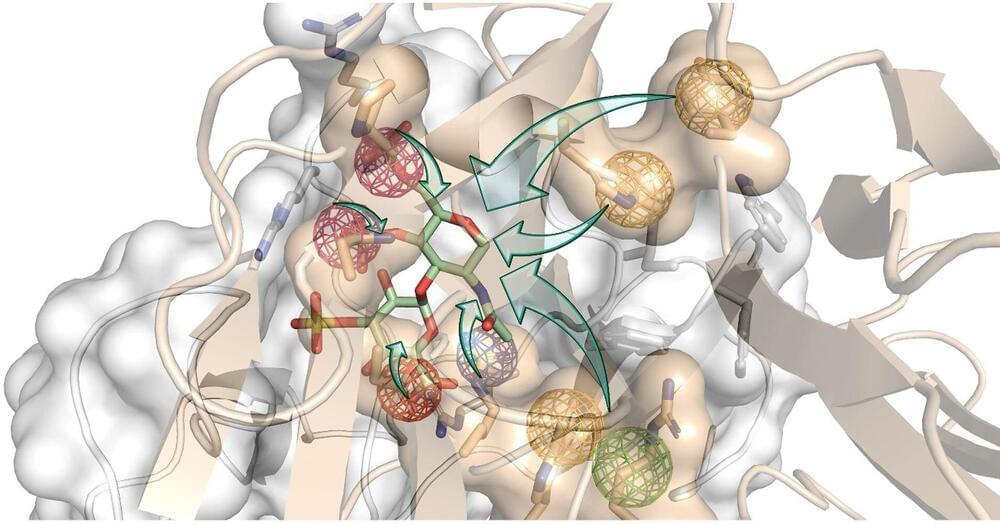Archive for the ‘biotech/medical’ category: Page 634
Apr 29, 2023
New method improves accuracy of DNA sequencing 1,000-fold to detect rare genetic mutations
Posted by Genevieve Klien in categories: biotech/medical, genetics
A team of researchers at the Broad Institute of MIT and Harvard has developed a new approach to next-generation sequencing that detects genetic mutations within single molecules of DNA.
The method, called Concatenating Original Duplex for Error Correction (CODEC), makes next-generation sequencing about 1,000 times more accurate and opens up the possibility of a range of applications including detecting tiny numbers of cancer mutations in blood samples, monitoring cancer during and after treatment, and identifying mutations underlying rare diseases, all at relatively low cost. The study appears today in Nature Genetics.
“The beauty of this approach is that it’s not an overhaul of how sequencing is done,” said Viktor Adalsteinsson, senior author on the study and director of the Gerstner Center for Cancer Diagnostics and leader of the Blood Biopsy Team at the Broad. “It’s not something that requires new instrumentation or capital investment —it’s a simple set of steps added into existing sample preparation workflows to improve the accuracy of DNA sequencing.”
Apr 29, 2023
Seattle startup gets FDA clearance for new surgical imaging tool
Posted by Genevieve Klien in category: biotech/medical
A Seattle medical tech company’s revolutionary surgical imaging instrument has become the first light-enabled navigation tool for spine surgery to receive Food and Drug Administration clearance.
Why it matters: Officials with Proprio believe the tool, which allows surgeons to essentially “see” the spine being operated on in real time, could dramatically improve clinical outcomes.
Driving the news: This month, the Paradigm device received the FDA 510(k) clearance that’s required for new medical implements before they are taken to market, Proprio said in an emailed announcement.
Apr 29, 2023
Elderly people can improve episodic memory via neurostimulation of the cerebellum, shows study
Posted by Genevieve Klien in categories: biotech/medical, life extension, neuroscience
A recent study demonstrated that non-invasive stimulation of the right cerebellum led to improvements in episodic memory performance in healthy elderly individuals, at the end of a 12-day neurostimulation program, and also at the point of a 4-month follow-up.
The steady increase in average life expectancy poses significant challenges to individuals, families, and societies across multiple dimensions. Estimating that by 2050 one in every six individuals will be over the age of 65, the study of aging and its association with cognitive decline, neurodegenerative diseases and overall frailty is becoming increasingly important.
Therefore, it has been an important goals of neurosciences research to understand the relationship between the aging brain and episodic memory deficits and to develop interventions to mitigate the age-related decline in our ability to remember personal past events (episodic memory).
Apr 29, 2023
Bold new therapy delivery method shows initial promise as treatment for Duchenne muscular dystrophy
Posted by Genevieve Klien in categories: bioengineering, biotech/medical
Doug Millay, Ph.D., a scientist with the Division of Molecular Cardiovascular Biology at Cincinnati Children’s has dedicated his career to revealing the most fundamental mechanisms of skeletal muscle development. He has been a leader in characterizing how two “fusogens” called Myomaker and Myomerger mediate the entry of stem cells into mature muscle cells to build the tissue that humans depend upon for movement, breathing, and survival.
Now, some of the basic discoveries made by Millay and colleagues are translating into a potential treatment for people living with Duchenne muscular dystrophy (DMD). Their latest research, published April 12, 2023, in the journal Cell, reveals that in mice, modified viruses, engineered with Myomaker and Myomerger, result in specific fusion with muscle cells. These viruses can therefore be used as a vector to deliver a vital gene needed for muscle function that is mutated in people with DMD.
A key unknown prior to this work was whether proteins like Myomaker and Myomerger, which mainly function on cells, could even work on viruses. First author Sajedah Hindi, Ph.D., also with the Division of Molecular Cardiovascular Biology at Cincinnati Children’s and a leading member of the research team, took on the challenge to test this idea.
Apr 29, 2023
ChatGPT outperforms human doctors in medical advice
Posted by Will Fox in categories: biotech/medical, food, robotics/AI
The opportunities for improving healthcare with AI are massive,” said Professor Ayers. “AI-augmented care is the future of medicine.
Israeli company Steakholder Foods has announced that it successfully 3D printed the first ready-to-cook cultivated grouper fish product.
Apr 29, 2023
Scientists Built a Machine From Lego That Can Grow Human Skin
Posted by Shailesh Prasad in category: biotech/medical
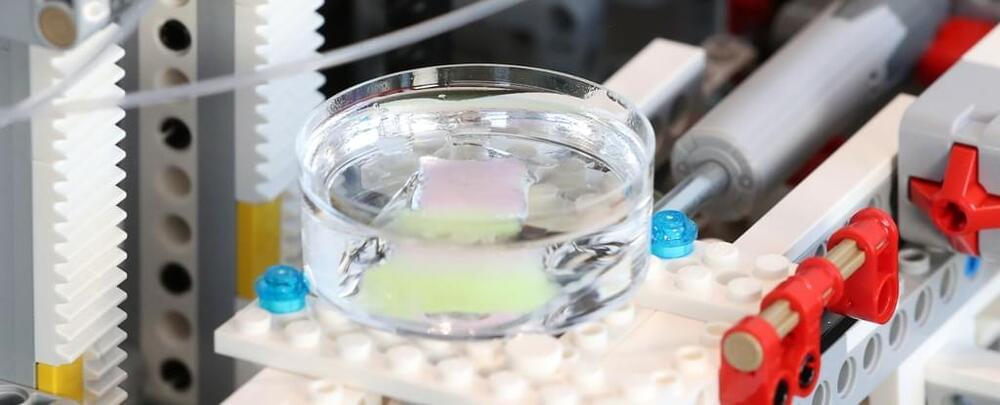
Sourcing human tissue samples for biological investigations isn’t always easy. While they are ethically obtained through organ donation or from tissue that’s removed during surgical procedures, scientists are finding them increasingly difficult to get hold of.
And it’s not just because there’s a limited supply of human tissue samples. There’s also restricted availability of the specific size and type of tissue samples needed for the many projects taking place at any given time.
Continue reading “Scientists Built a Machine From Lego That Can Grow Human Skin” »
Apr 29, 2023
Relating enhancer genetic variation across mammals to complex phenotypes using machine learning
Posted by Dan Breeden in categories: biotech/medical, genetics, robotics/AI
Protein-coding sequence differences have failed to fully explain the evolution of multiple mammalian phenotypes. This suggests that these phenotypes have evolved at least in part through changes in gene expression, meaning that their differences across species may be caused by differences in genome sequence at enhancer regions that control gene expression in specific tissues and cell types. Yet the enhancers involved in phenotype evolution are largely unknown. Sequence conservation–based approaches for identifying such enhancers are limited because enhancer activity can be conserved even when the individual nucleotides within the sequence are poorly conserved. This is due to an overwhelming number of cases where nucleotides turn over at a high rate, but a similar combination of transcription factor binding sites and other sequence features can be maintained across millions of years of evolution, allowing the function of the enhancer to be conserved in a particular cell type or tissue. Experimentally measuring the function of orthologous enhancers across dozens of species is currently infeasible, but new machine learning methods make it possible to make reliable sequence-based predictions of enhancer function across species in specific tissues and cell types.
Apr 29, 2023
Newly discovered electrical activity within cells could change the way researchers think about biological chemistry
Posted by Quinn Sena in categories: biotech/medical, chemistry, neuroscience
The human body relies heavily on electrical charges. Lightning-like pulses of energy fly through the brain and nerves and most biological processes depend on electrical ions traveling across the membranes of each cell in our body.
These electrical signals are possible, in part, because of an imbalance in electrical charges that exists on either side of a cellular membrane. Until recently, researchers believed the membrane was an essential component to creating this imbalance. But that thought was turned on its head when researchers at Stanford University discovered that similar imbalanced electrical charges can exist between microdroplets of water and air.
Now, researchers at Duke University have discovered that these types of electric fields also exist within and around another type of cellular structure called biological condensates. Like oil droplets floating in water, these structures exist because of differences in density. They form compartments inside the cell without needing the physical boundary of a membrane.
Apr 28, 2023
Scientists design new bio-inspired molecules to promote bone regeneration
Posted by Genevieve Klien in categories: biotech/medical, life extension
People’s ability to regenerate bones declines with age and is further decreased by diseases such as osteoporosis. To help the aging population, researchers are looking for new therapies that improve bone regeneration.
Now, an interdisciplinary team of researchers from the Biotechnology Center (BIOTEC) and the Medical Faculty of TU Dresden along with a group from Max Bergmann Center of Biomaterials (MBC) developed novel bio-inspired molecules that enhance bone regeneration in mice. The results were published in the journal Biomaterials.
As people age, their ability to regenerate bones decreases. Fractures take longer to heal and diseases like osteoporosis only add to it. This represents a serious health challenge to the aging population and an increasing socioeconomic burden for the society. To help combat this issue, researchers are looking for new therapeutic approaches that can improve bone regeneration.
